Did you know that digital payment APIs are quietly fueling a revolution in online transactions? Yes, behind every seamless payment moment lies a powerful API—and they’re changing everything. But there's more to this story than meets the eye.
In today's world, where cash is no longer king, understanding the mechanics of digital payments is crucial. These APIs are becoming the backbone of our economy. Their influence is expanding faster than ever. But what surprises lurk beneath this technological advancement?
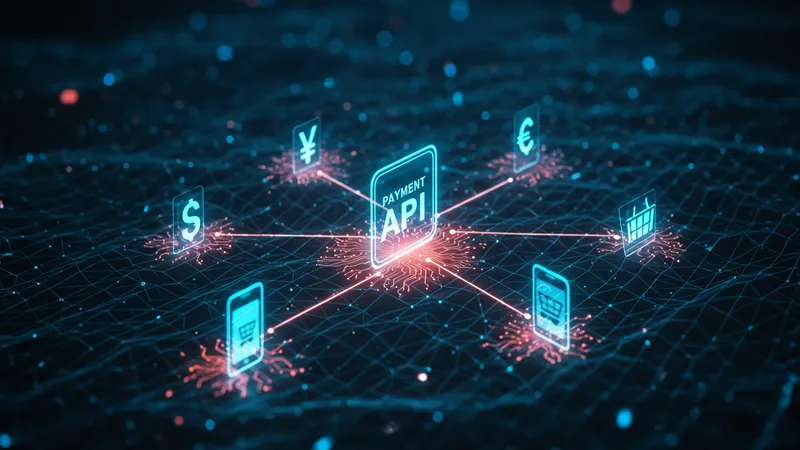
Surprisingly, while many believe digital payment APIs to be mere bridges between applications, they're actually the architects of economic transformation. By seamlessly integrating services, they empower businesses to innovate and expand their payment options worldwide. But that’s not even the wildest part...
Consider this: as digital payments expand, they're leaving traditional banking models scrambling to catch up. APIs provide agility, something traditional systems lack. They open doors to real-time data processing and transactions. It's a revolution underway, hidden in plain sight. And exploiting these APIs effectively could mean the difference between business triumph and failure. But what happens next shocked even the experts…
When you click 'buy' on your favorite shopping site, you might assume your payment details travel a direct route. However, beneath that simple click is a vast network of APIs facilitating the transaction securely and swiftly. They're not just payment facilitators; they’re gatekeepers of a larger digital ecosystem.

The APIs ensure security by encrypting data, which protects transactions from being intercepted by cyber criminals. The strength of these innovations means that your financial data is safer than it ever was with older, more manual systems. It’s the kind of behind-the-scenes magic that goes unnoticed, yet is integral to the modern economy. But there’s one more twist...
Most people aren’t aware that APIs are now integrated into blockchain technology, creating decentralized finance solutions that are disrupting everything from banks to personal transactions. This isn’t just an evolution; it’s a metamorphosis, offering unprecedented levels of transparency and efficiency. What you read next might change how you see this forever.
Enter the era of personalized financial experiences, where APIs customize services for users in real time. By analyzing data instantly, they can tailor offers, rewards, and security checks to individual preferences. This dynamic adaptability is reshaping consumer expectations and the very fabric of transaction-based ecosystems. But the true surprises are still coming...
While digital payment APIs revolutionize commerce, hidden fees associated with their use often catch businesses off guard. These costs, masked as convenience fees or service charges, can accumulate drastically over time. For startups or SMEs, they are often the stealthy drain on profits.

Businesses must comprehend these hidden costs to make more informed financial decisions. Tools like cost calculators provided by API providers can help unveil the true expense of their usage. However, transparency in pricing is still a sensitive topic in the fintech industry. But unraveling these layers reveals even more...
What about the costs beyond financial ones? APIs demand a level of technological adaptation and regular updates to maintain security and functionality. These ongoing requirements can strain resources on smaller companies or those new to digital transactions. Yet, innovation here is crucial to compete in an ever-evolving marketplace.
Businesses face a balancing act—adoption of APIs entails financial investment and tech agility, yet the upside is substantial, promising increased efficiency and broader market reach. Success lies in navigating this complex landscape adeptly. But the upcoming revelation will be even more startling...
It's easy to assume that digital payment APIs guarantee total security; however, reality paints a different picture. Despite their advanced encryption methods, APIs are not immune to threats. In fact, they have become prime targets for hackers looking to exploit any vulnerability.

Common myths about API security have allowed complacency to seep in. Many businesses take a backseat approach, assuming that basic protective measures are sufficient. Yet, this misconception could lead to breaches that compromise not just financial data, but customer trust and company reputation.
True security comes from a multilayered approach—constant updates, vigilant monitoring, and adopting cutting-edge security technologies. Only by staying ahead of potential threats can businesses ensure that their use of APIs remains protected. But there’s a twist to this tale...
Mistrust in digital payment security is leading to increased interest in blockchain integration with APIs, offering a more secure transaction framework. This blending of technologies promises to redefine how secure online payments are both perceived and executed. But the surprising truth doesn’t end here...
For e-commerce businesses, leveraging digital payment APIs is not just advantageous; it’s imperative. Their integration allows for seamless customer experiences, capable of processing high volumes of transactions efficiently. Users expect fast checkouts, and APIs deliver just that.

APIs also enable businesses to offer a variety of payment options. Adapting to consumer preferences, such as e-wallets or international payment methods, can expand market base and drive sales. This agility in transaction processing is transforming the online shopping experience globally.
The competitive edge provided by APIs doesn't stop there. Insights derived from API data can improve business strategies and enhance customer relationship management. Competitive analysis becomes more informed, increasing market adaptability. But the growth opportunities extend further than anticipated...
With social commerce on the rise, APIs allow for seamless integration across platforms, enhancing product promotion and purchase flows. Your social media swipe can now directly trigger a secure buy, thanks to these digital wonders. But how this transforms businesses will amaze you...
Artificial intelligence is weaving its way into APIs, taking transaction interpretation and fraud detection to unprecedented levels. AI algorithms can monitor transactions for irregularities and flag suspicious activities instantaneously. It’s prevention in action, before most even realize a threat exists.

This integration means transactions aren't just being processed—they’re also being analyzed in real time. Consumer patterns, spending behaviors, and fraud tendencies can be observed and predicted. APIs equipped with AI can adapt to evolving threats, ensuring heightened security.
The insights gained from real-time data analysis also allow businesses to offer targeted promotions and personalized services. By tailoring experiences, customer satisfaction and interaction improve dramatically, fostering loyalty and growth. But there’s even more potential...
AI-enhanced APIs can facilitate voice-activated transactions, simplifying and streamlining user engagement. Imagine making a purchase using only your voice, seamlessly routed through digital payment API networks. This evolution of technology will reshape consumer interactions as we know them.
While APIs have excelled in streamlining payment processes, blockchain technology promises to elevate that reliability to unprecedented heights. By decentralizing transaction ledgers, blockchains offer transparency that APIs alone cannot provide.
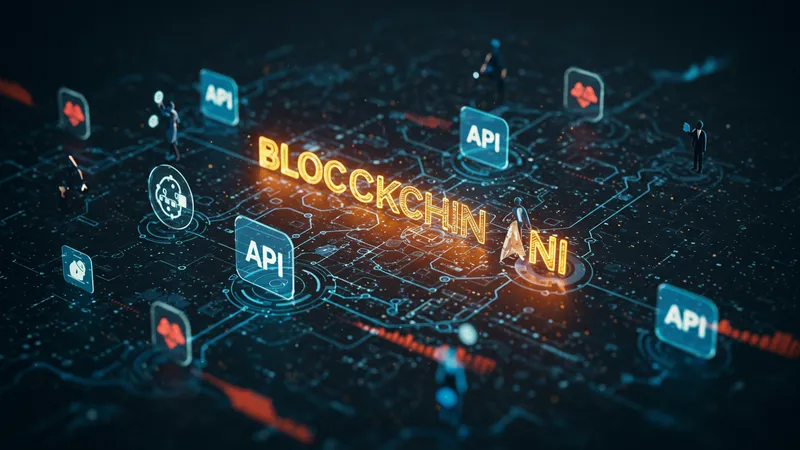
Integrating blockchain with APIs revolutionizes how businesses handle transactions, making auditing seamless and tamper-proof. The synergy between these technologies fosters a trustless environment, minimizing fraud risks and enhancing reliability across all parties involved.
Moreover, blockchain enables peer-to-peer (P2P) payments without intermediary costs, redefining transaction efficiency and reducing fees. This opens new possibilities for markets and services that previously couldn't afford high transaction costs.
The potential for these integrations is vast—from cross-border payments to decentralized finance applications, the opportunities are endless. How they transform our current systems will set the ground for the future economy—an economic landscape we’re only beginning to see unfold.
APIs are instrumental in overcoming the complexity of international financial transactions. By collaborating with local partners, they ensure businesses can navigate varying regulations and currencies with ease, streamlining the process for global reach.
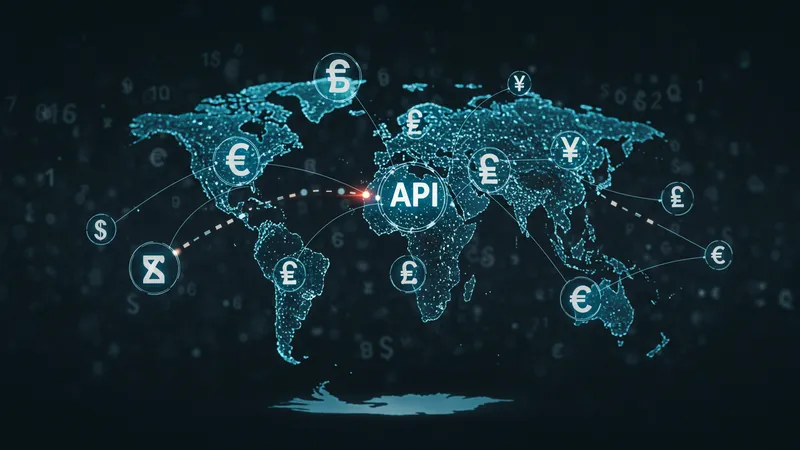
The challenges of currency conversion, local compliance, and transaction processing times are mitigated by API integration. They facilitate faster and cost-effective solutions, allowing companies to focus on expanding their markets rather than battling bureaucracy.
Moreover, enhanced transparency in transaction monitoring reduces fraud risks and increases customer trust. This fosters better international relationships and builds a foundation for long-term growth in the global arena.
For consumers, this means a smoother experience when purchasing from international brands. What felt like a daunting task of dealing with foreign currency payments is now simplified, as APIs seamlessly handle the complexity behind the scenes. But that's not the entire story...
Banking as we know it is facing a crucial transformation. APIs are at the heart of this shift, facilitating open banking and digital transformation for traditional banking systems. They enable banks to innovate and offer cutting-edge services to keep up with fintech advancements.

Through APIs, banks can seamlessly integrate with financial apps and third-party services, offering customers an enriched digital ecosystem. This integration creates new revenue streams and adapts to consumer-driven demands for seamless financial management.
The open banking movement is powered by APIs, promoting competition and innovation among financial institutions. Consumers benefit from better service offerings and improved banking experience, gaining access to personalized financial insights and tools.
The future of banking is rooted in innovation, where APIs enable endless possibilities—achieving efficiencies and functionality that were once unthinkable. The landscape of finance is being rewritten, and the outcome is bound to surprise us all.
The fintech industry is being redefined by the power of APIs. They allow for quick adaptation to market needs, offering fintech companies the flexibility to introduce groundbreaking financial products and services at an unprecedented rate.

APIs enable seamless user experiences, providing integral solutions from digital wallets to contactless payments and lending platforms. Fintech solutions driven by APIs are empowering consumers with tools for financial inclusion and empowerment.
The data harvested from API integrations helps fintechs iterate on product offerings and enhance consumer satisfaction. They are becoming an essential component in creating tailored financial services catering to individual needs.
This wave of innovation shows no signs of slowing. As fintech continues to evolve, APIs will remain pivotal. The possibilities when innovation and technology marry within financial services could redefine how we view and handle income and expenses.
For retailers, integrating APIs into their technology stack simplifies the payment process, improves transaction speed, and expands opportunities to deliver personalized customer experiences. This evolution significantly impacts customer satisfaction and loyalty.
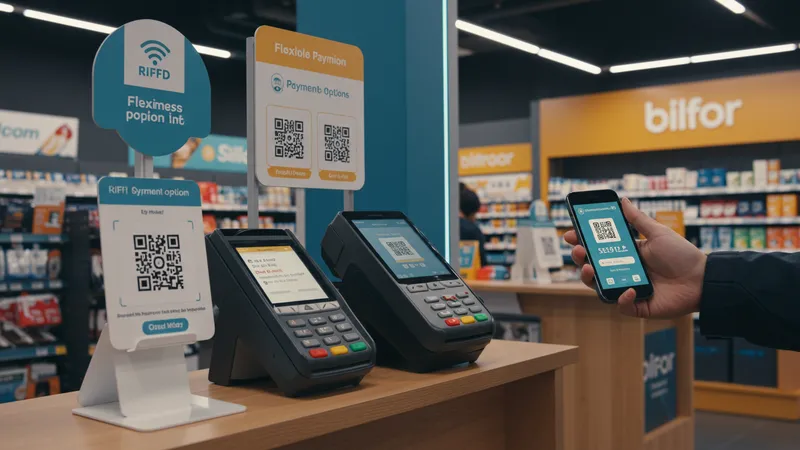
With digital payment APIs, retailers can offer flexible payment solutions, from RFID systems to QR code payments, enhancing checkout efficiency and speed. Omnichannel retail strategies thrive with such seamless integration.
The integration facilitates insight-driven marketing strategies, where customer data allows for refined targeting and promotional efforts. Enhancing customer relationships and leveraging purchase data for strategic decision-making have never been simpler.
This robust digital infrastructure is integral to success in retail, amplifying operational capabilities to compete in a demanding consumer environment. As the tech landscape continues to advance, retailers will need to embrace next-gen payment solutions to remain relevant.
In the gig economy, rapid and reliable payment processing is crucial. Here, APIs play a critical role in ensuring freelancers and gig workers receive timely compensation for their services, streamlining transaction complexities.
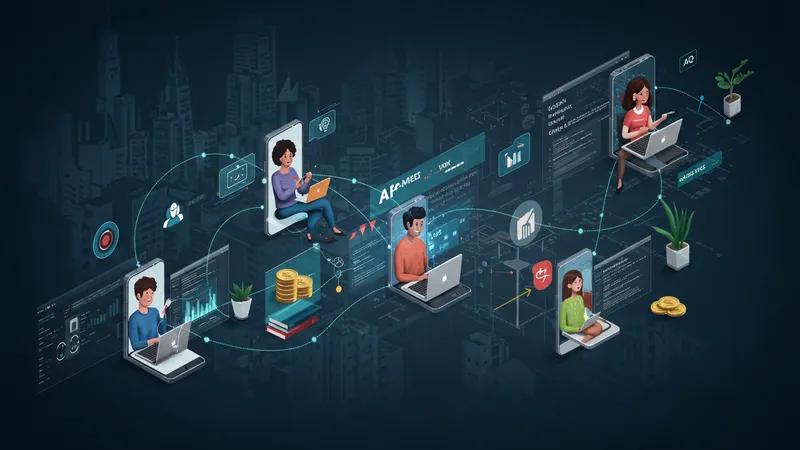
With digital payment APIs, platforms offer flexible payment schedules, supporting both instant payments and traditional cycles to suit varied worker needs. This flexibility lengthens engagement and satisfaction among freelance workers.
The gig economy thrives on efficient processes, and APIs facilitate the creation of ecosystems that support rapid onboarding, reward distribution, and compliance checks, helping platforms scale and sustain their operations.
As the gig economy expands, APIs will continue to be vital in removing friction from financial transactions, revealing promising opportunities for service growth and diversification. But the landscape still hides unforeseen challenges.
The market for digital payment APIs is vast, offering diverse choices for businesses with unique needs. Understanding what each API offers in terms of features, security, and cost is critical for making informed decisions.

Consulting industry reports and engaging API developers can help evaluate performance metrics, reliability, and integration support. This strategic approach ensures businesses choose APIs that align with their objectives, capacities, and budgets.
It's not just about selecting the right API but optimizing its integration into existing systems. Companies must focus on collaborative development, establishing a synergy between internal teams and external API providers to maximize utility.
The fast-paced API market demands businesses stay updated with emerging trends and technological advancements. A successful navigation of this landscape can bring sustainable growth, yet it’s a path needing constant review and reappraisal.
The regulatory environment around digital payment APIs remains dynamic. Governments and international bodies strive to balance innovation with regulatory compliance, ensuring consumer protection and financial integrity.

Regulations differ by region, creating a complex web for businesses to navigate. APIs must meet compliance standards globally to safeguard operations across markets. Businesses face continued pressure to adapt to these evolving norms.
Recent data protection laws, like GDPR, have seen APIs adjust to new security protocols, demanding more thorough data management practices to ensure privacy rights. This regulatory focus pushes businesses to enforce stricter internal controls.
The regulatory landscape shapes how digital payment APIs operate, influencing their design, use, and development. By actively engaging in dialogue with regulatory bodies, businesses can both influence and adapt to regulatory shifts to sustain growth.
In the sprawling universe of digital payments, APIs are the unsung heroes driving change. They are the cogs in the global economic machine, connecting worlds, enabling innovation, yet continually challenging norms. As their applications expand, one must wonder about the untapped potential waiting to be realized.
The deeper you dive into the workings of digital payment APIs, the more intricate we find their ecosystem, a realm where technology and commerce intertwine seamlessly. Share this journey, bookmark these findings, and stay ahead of the curve. Because grasping the full scale of digital payment capabilities is vital—especially in a world that’s only getting more interconnected. The next big wave in payment technology beckons—a new frontier ready to redefine our digital transactions.